nubia Z60S Pro benchmark tests are in | Infinium-tech
This year’s Z60S Pro model is very similar to last year’s Z50S Pro. However, we recently got the new device, so we still thought it would be a good idea to do some testing on it.
Before moving on to the actual benchmark tests, let’s review what changes have been made in the new model. Despite the significant jump in model number, this is more of a facelift than a straight upgrade. Nubia has enhanced the main 35mm cam with a larger sensor. It has also introduced some new AI features into the mix, including Magic Eraser, a Star Sky algorithm, and a 65:24 ultra-wide cinema format.

The chipset situation is a bit odd. While the Z50S Pro gets a Snapdragon 8+ Generation 2 chipset, the newer Z60S Pro has to settle for the slightly weaker Snapdragon 8 Generation 2. The difference between the two chips is small and seems to be mostly limited to the GPU, which is clocked slightly higher on the Snapdragon 8+ Generation 2 inside the older Z50S Pro. CPU-wise, both phones are pretty similar, running on the higher-clocked “AC” version of the Snapdragon chip. This includes a primary 3.36 GHz Arm Cortex-X3 core, two 2.8 GHz Cortex-A715 cores, two 2.8 GHz Cortex-A710, and three 2.0 GHz Cortex-A510 cores.
Let’s start the test with some CPU benchmarks and GeekBench. As mentioned, the Z60S Pro and Z50S Pro are on a similar level in this department. Looking at the actual scores, the Z60S Pro has a slight edge, which makes sense since this is a newer device, running Android 14 instead of Android 13 at the time of testing and benefiting from different optimizations. Still, the difference is within the margin of error, as it should be.
AnTuTu is a very complex benchmark that also adds GPU, memory, and storage scores. Here, we can see that the Z50S Pro is slightly ahead of its successor. This is expected, given the slightly higher clocked GPU. Also, our Z50S Pro unit has 1TB of storage, while our Z60S Pro review unit has 256GB.
Last but not least, we have some more GPU tests within 3DMark. As expected, both devices perform brilliantly in this benchmark. There is again a small difference in performance between the pair, which is in favour of the Z50S Pro, which has a higher GPU clock speed. Still, the difference is hardly large.
As expected, the performance gap between the Nubia Z50S Pro and Z60S Pro is very small and can only be detected in synthetic benchmarks. Still, it is a tad disappointing that the new Z60S effectively has a lesser chipset than its predecessor. It doesn’t make any noticeable difference in real life, but then it’s very rare that we see something like this.



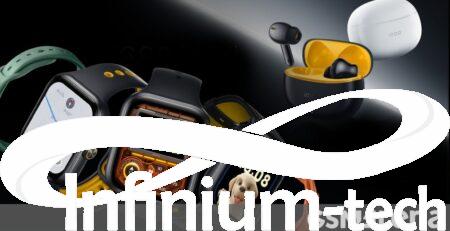
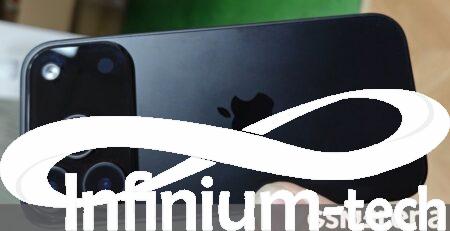
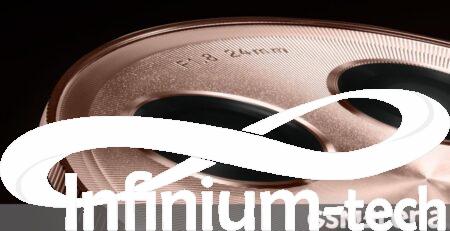


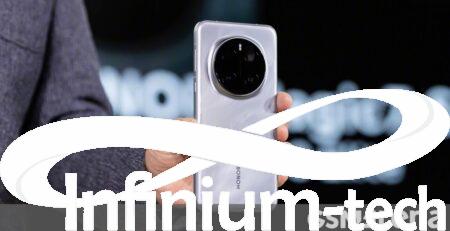

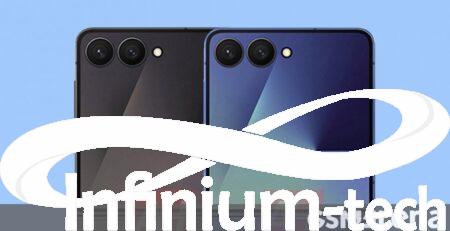
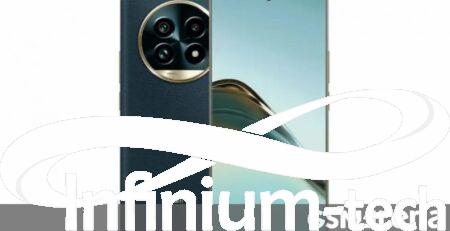


Leave a Reply